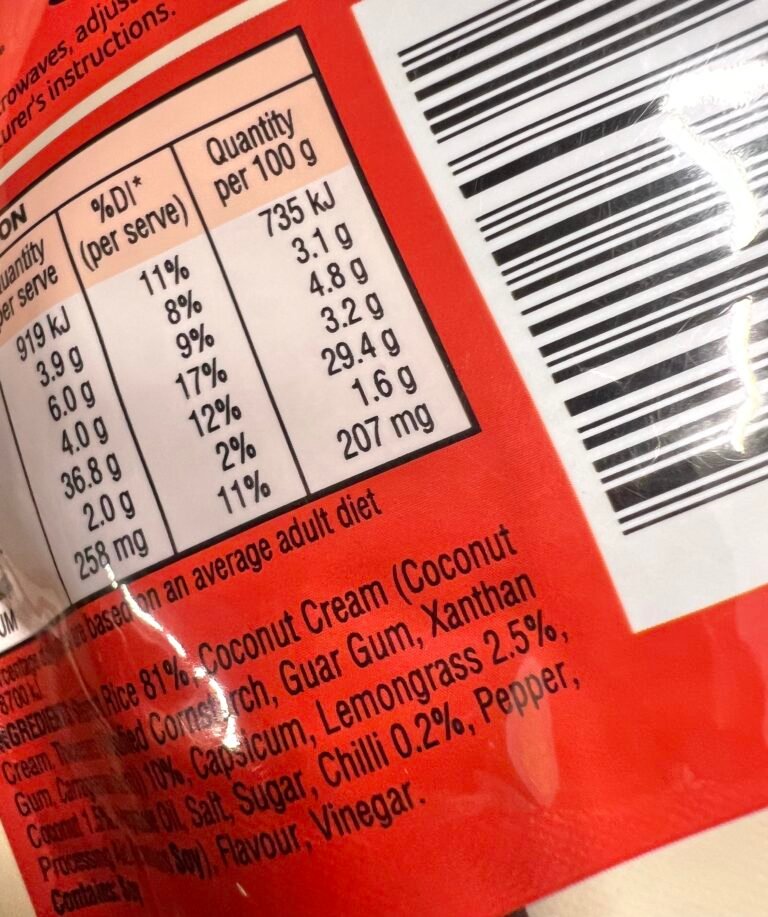Tempeh: The Gut-Friendly Protein with Bite
If tofu is the mild-mannered cousin of soy, tempeh is the bold older sibling who isn’t afraid to make an entrance. Originating from Indonesia, tempeh is made by fermenting whole soybeans into a firm, nutty block that’s as versatile as it is nutritious. It’s been a staple in Southeast Asian diets for centuries — long before “fermented” became the hottest word in wellness circles.

Why Tempeh is a Gut’s Best Friend
Tempeh is fermented using a friendly fungus (Rhizopus oligosporus, if you want to impress at dinner parties). This fermentation process not only binds the soybeans into that distinctive cake-like form but also makes them easier to digest.
Unlike many processed protein sources, tempeh keeps the whole bean intact, meaning it’s rich in fibre — a rarity in the protein world. This fibre is exactly what your gut microbes love to munch on, helping diversify your microbiome and keep digestion running smoothly.
How to Use Tempeh Without Fear
If you’ve never cooked tempeh before, the key is to remember it has flavour — unlike tofu, which politely steps aside for whatever sauce you throw at it. Tempeh brings a nutty, earthy taste that plays beautifully with bold marinades, spices, and tangy sauces.
- Steam it first to soften its texture and mellow any bitterness.
- Marinate well — think soy sauce, garlic, ginger, maple syrup, chilli.
- Cook it hot — pan-fry, grill, roast, or crumble into curries, tacos, and stir-fries.
Fun Gut Fact
Tempeh’s fermentation process reduces anti-nutrients like phytic acid, which can interfere with mineral absorption. Translation? Your body actually gets more out of the nutrients it contains — a win for both your gut and overall health.
Bottom line: Tempeh is the perfect plant-based protein for anyone looking to boost gut health, pack in nutrients, and keep their meals interesting. It’s hearty, satisfying, and just a little bit rebellious compared to the softer, quieter soy options out there

Nutritional Highlights
- Protein powerhouse: Around 18–20g of protein per 100g, complete with all essential amino acids.
- Fibre-rich: Keeps your gut happy and your blood sugar steadier.
- Probiotic potential: While most probiotics don’t survive cooking, the fermentation process supports gut health indirectly by producing beneficial compounds and making nutrients more bioavailable.
- Mineral boost: High in iron, calcium, and magnesium.

Tempeh vs Tofu: The Showdown
| Feature | Tempeh 🥢 | Tofu 🍥 |
|---|---|---|
| Base | Whole soybeans, fermented | Soy milk, coagulated |
| Texture | Firm, chunky, nutty | Soft to silky, smooth |
| Flavour | Earthy, bold, slightly tangy | Mild, neutral |
| Protein | 18–20g per 100g | 8–10g per 100g |
| Fibre | High (whole beans intact) | Low (beans strained) |
| Gut Perks | Fermentation aids digestion & boosts nutrient absorption | Gentle on digestion but lacks fermentation benefits |
| Best Uses | Curries, stir-fries, grilled skewers, crumbled into tacos | Smoothies, scrambles, soups, creamy sauces |
| Prep Tip | Steam, marinate, then cook hot | Press water out for firmer texture before cooking |
💡 Good Gut Takeaway:
If you want extra fibre and the benefits of fermentation, tempeh is your go-to. Tofu still wins for versatility and creaminess, but tempeh brings the chew, the flavour, and a little extra gut love.







